Everything You Need To Know About The Natural Color of Pearl

When you talk about the most versatile gemstones used in jewelry, pearls are on the list. They can be designed in various shapes and sizes. Most importantly, pearls can be found in different colors. Further making pearls a go-to jewelry for all kinds of occasions.
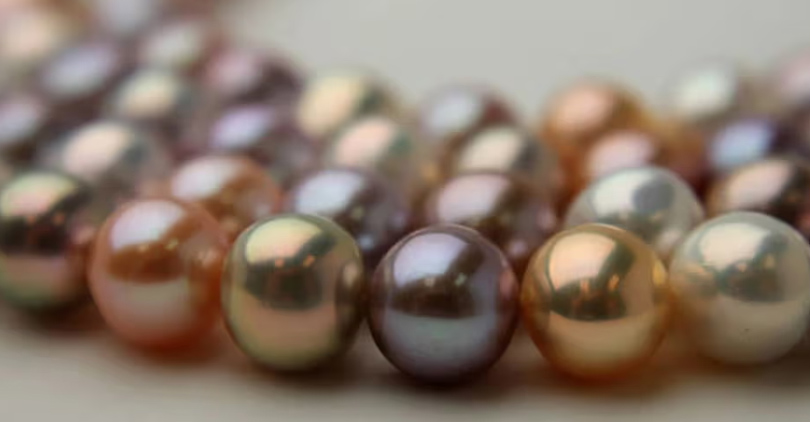
Although the most common color is white, there are several other colors, such as pink, gold, black, blue, and lavender. These pearl types are naturally occurring colors even though there are artificially colored pearls. One interesting feature about these pearls is they have varying overtones. These overtones add more radiance and beauty to pearls.
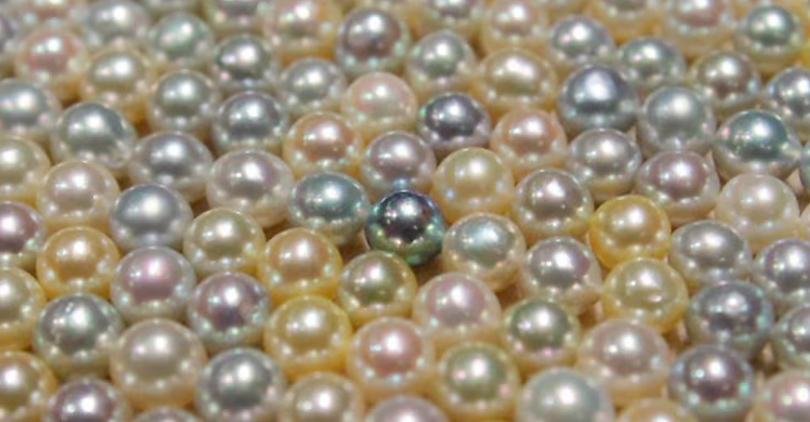
Here in this article, we will let you in on everything you need to know about the natural color of pearls.
Introduction

Pearls are one of the most common gemstones used for making jewelry that comes in forms of various colors. You might already know how pearls are formed, but in case you don't, pearls are formed by oysters. It is the species of oyster that determines the colors of pearls, and not all oysters produce pearls.
Aside from the species, the environment of the oyster also contributes to the natural colors. The pearls formed by freshwater oysters are not the same as those formed by saltwater oysters. Although there are artificially colored pearls, naturally colored pearls are more valuable.
Naturally colorful pearls can be Tahitian or black pearls, freshwater pearls (white, peach), south sea pearls (gold, champagne), and Akoya pearls (cream, yellow). By having a clearer understanding of the natural colors of different pearls, it won't be difficult for you to spot the artificially colored pearls. To discover more details, scroll down the article.
Natural Colors in Different Types of Pearls
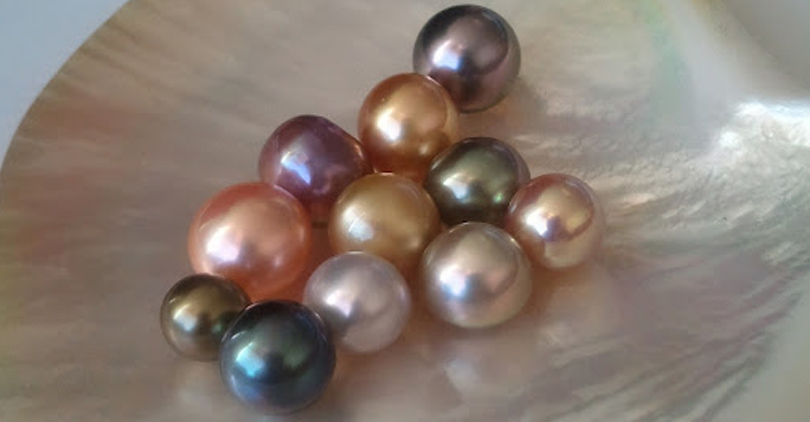
Although the most common pearl colors are white, cream, and black, there are other pearl colors such as gold, champagne, peach, pink, and silver to name a few. Each of these pearls has varying overtones, which makes them even more colorful.
Not forgetting to mention that natural pearls are more expensive than artificial ones. This is because natural pearls are rare. After all, they are difficult to find. Let us closely discuss the different types of naturally occurring pearl colors.
Freshwater pearls
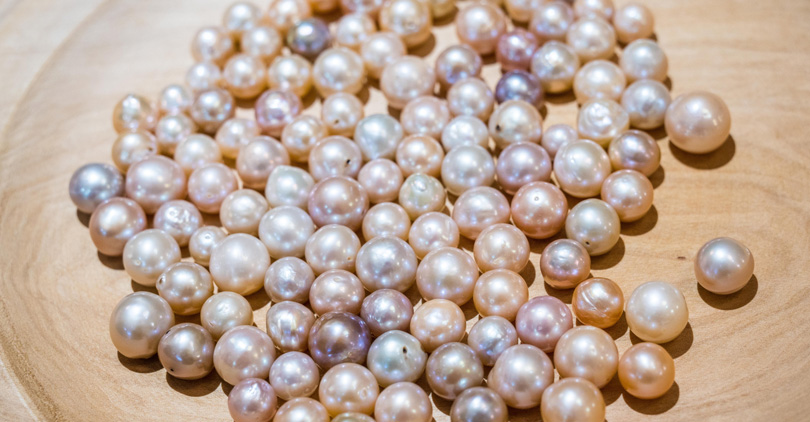
Freshwater oysters and mussels form freshwater pearls. Freshwater pearls have a plethora of naturally occurring colors. The popularly known pearl color is white. However, there are other colors, such as cream, peach, and pastel colors, such as apricot and lavender.
Freshwater white pearls are usually "cool or warm" white with overtones of rose, silver, and cream. While the freshwater lavender pearls can be deeper lavender and pastel lilac with overtones of silver and gold. Due to the natural colors of freshwater pearls, they are more versatile in jewelry making than others.
Freshwater pearls are more common because of their environment, making them more affordable than others. Its availability has made it a popular choice for making everyday jewelry pieces.
Akoya pearls
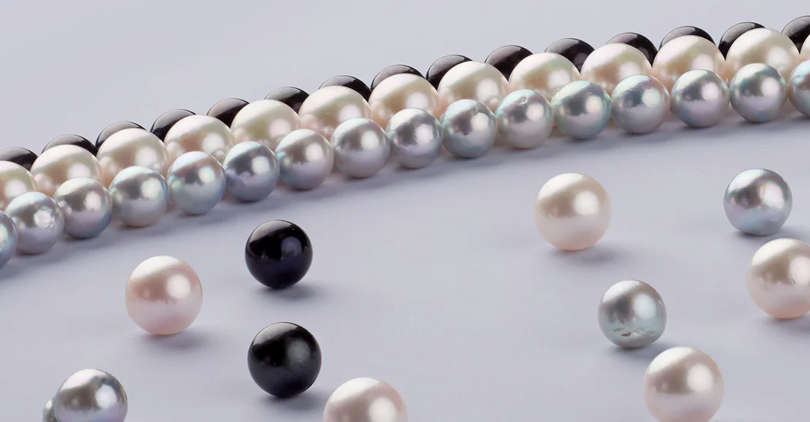
Saltwater oysters specifically form Akoya pearls. Akoya pearls are mainly famous for their high luster and neutral colors, such as white, cream, yellow, and gray. They mostly have overtones of silver and gold. Some other times, Akoya pearls show green or pink overtones.
You hardly find Akoya pearls with multicolors and overtones because of their nature. However, this does not affect their market value because Akoya pearls are highly valued for their lustrous nature and elegance. Although Akoya pearls are small in size, they are commonly used for bridal jewelry designs.
In some parts of the world, like Japan, Akoya pearls undergo "pinking" to wash off oyster debris. This is to boost the color and brilliance of the Akoya pearls.
South Sea pearls
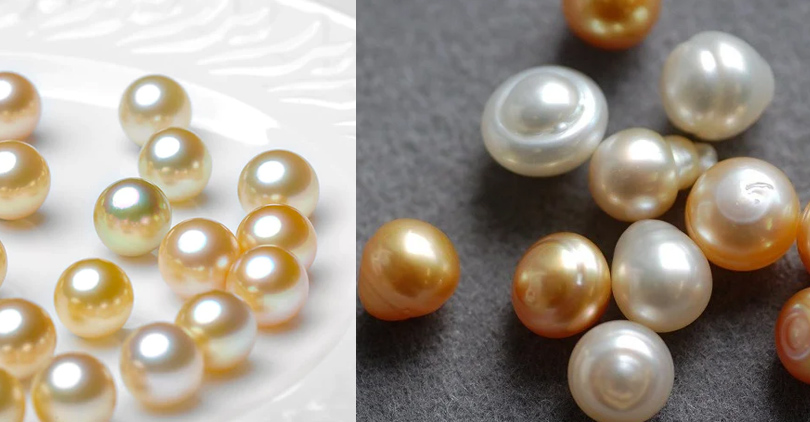
South Sea pearls are pearls found in Australia, Indonesia, the Philippines, and some other regions. South Sea pearls are famous for their natural golden, yellow, white, and silver colors. However, the difference between the pearls from each region is the overtone.
They mostly have pink, cream, or silver overtones. The white pearls with white or pink overtones are the rarest South Sea pearls. One characteristic feature of pearls of the South Sea is their large sizes. As a result, they are more valuable than others.
With South Sea pearls, the deeper the color of the pearl, the more expensive and valuable it becomes. Most often, pearls of the South Sea are useful for jewelry end designs.
Tahitian pearls
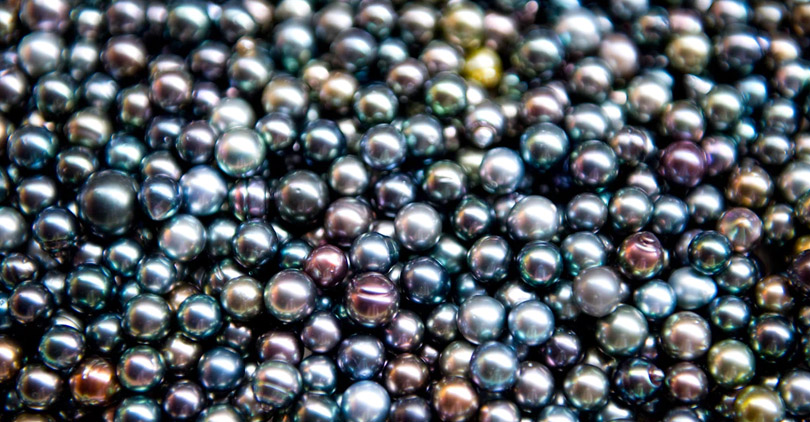
Do you know that there are black pearls? Tahitian pearls, also known as black pearls, are naturally occurring pearls that black-lipped oysters form. However, they are commonly referred to as black pearls.
It occurs in a wide range of dark and exotic colors like aubergine, blue, green, grey, black, magenta, purple, peacock, and pistachio. Tahitian pearls have blue, pink, brown, and blue overtones.
Unlike other natural pearl types that have varying colors, Tahitian pearls have only dark colors. This distinctive feature of Tahitian pearls has made them very valuable. Most often, Tahitian pearls are used for making statement jewelry designs.
Tips for Choosing the Right Pearl Color
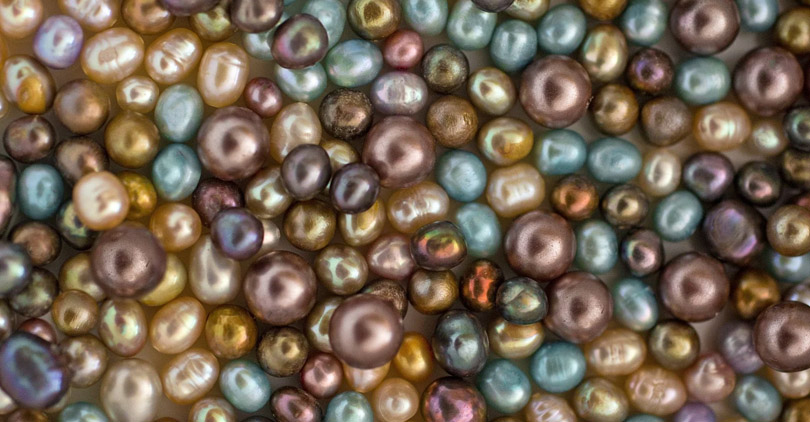
When it comes to choosing the right pearl color for yourself, you must consider some factors.
Consider the pearl size:
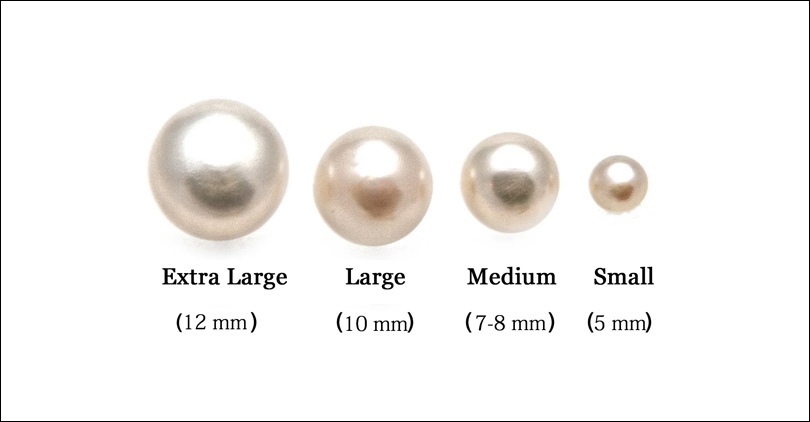
Aside from your skin tone, the size of the pearls is also very important. If you're going for formal occasions, larger pearl jewelry like pearl necklaces, pearl earrings, and pearl bangles. For casual outings and everyday wear, small pearl jewelry is a suitable choice. One important thing to note in pearls is that the bigger the pearl size, the more valuable the pearl.
Consider the pearl luster:
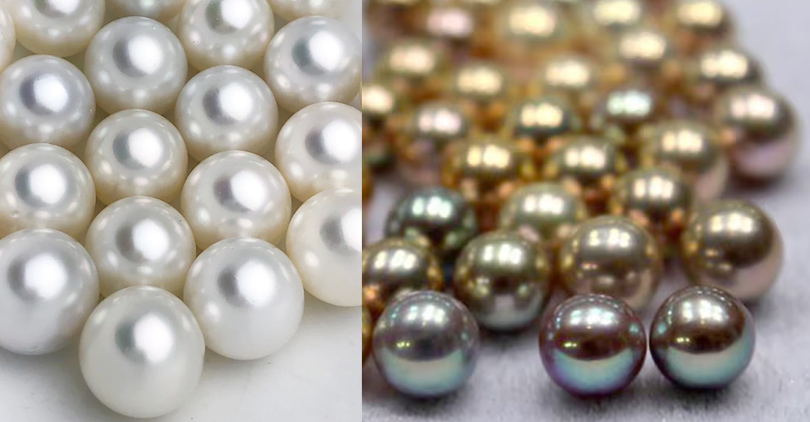
If you are looking for pearls that will make a bold statement and make you stand out, you must consider the luster. The luster of a pearl means the quality of light that the pearl's surface can reflect. Pearls with high luster give a more classy look compared to lower luster because of their deep glow. However, if you prefer a cool look, you can choose pearls with lower luster.
Consider your skin tone:
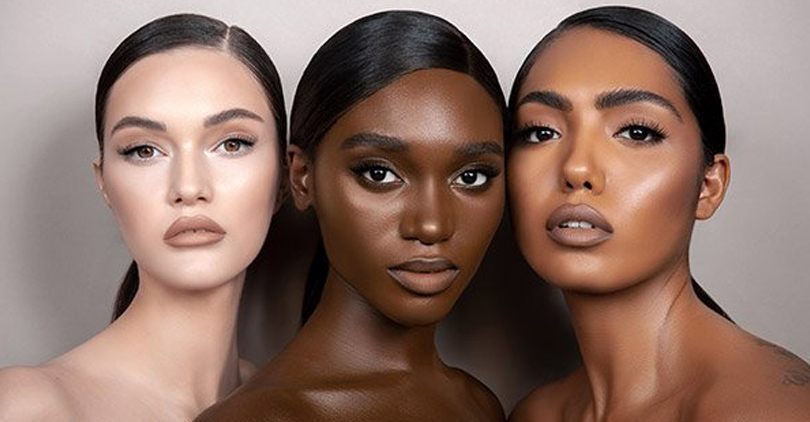
If you are light in complexion, lighter pearl colors like pink, peach, yellow, lavender, and silver blue will match your skin better. If you are dark-skinned, gold, yellow, and chocolate pearl colors are a good choice. While white and black pearls were not mentioned, they perfectly complement all skin tones.
Consider the surface quality of the pearl:
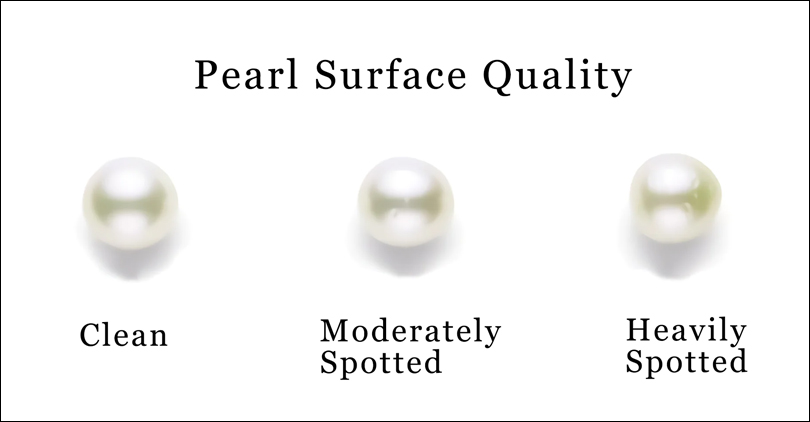
If you are the type that likes putting on pearl jewelry, you would want to go for pearls with higher surface quality. The surface quality of pearls refers to smooth and stainless pearls. Most especially for formal events, pearls with better surface quality reflect elegance and classiness.
However, if you are looking for pearls that can be worn often and for random occasions, you might not have to consider the surface quality.
Conclusion
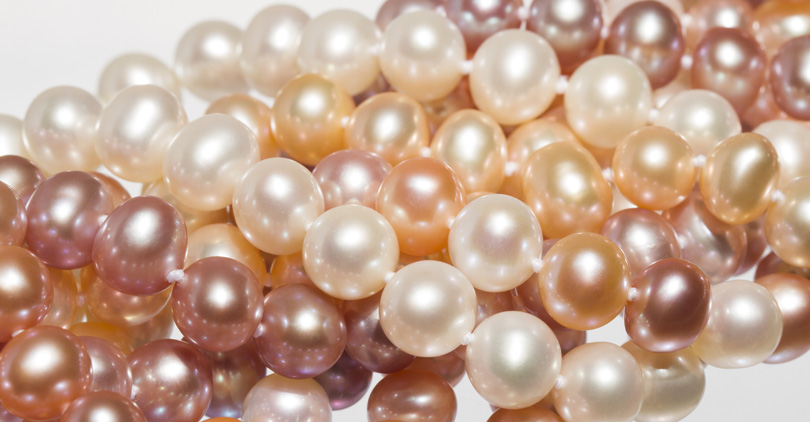
When it comes to choosing pearls, especially for formal events and outings, you need to understand the colors of the pearls to know if they are natural or artificial. However, pearl types with natural colors are more valuable and expensive than dyed pearls. This is because they are extremely difficult to find and rare in nature.
Aside from white pearls, which everyone knows, we have black, gold, peach, lavender, magenta, blue, and gray pearls, among others. For you to know how to pick the right pearl color, do well to check the paragraphs above. This will guide you in making informed and budget-friendly decisions. If you are in search of where to get beautiful and original pearl jewelry for whatever kind of occasion, visit Whitevictoria.com.
FAQs
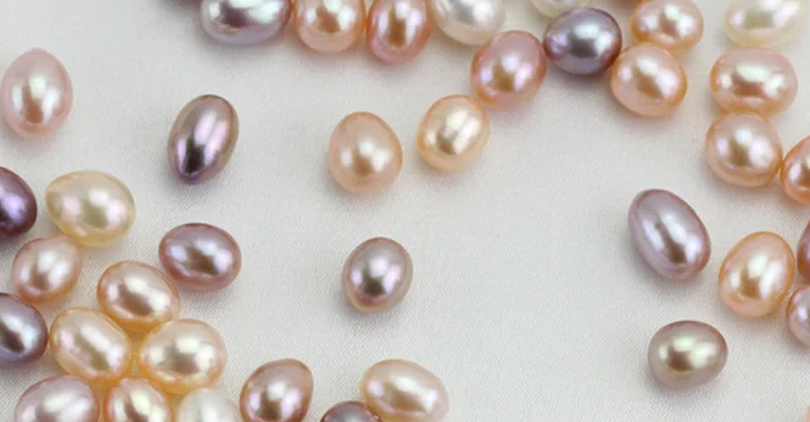
What is the rarest pearl color?
Blue. The blue naturally colored pearls are the rarest because they are difficult to find. Generally, all shades of blue pearls, like dark blue and light blue, are rare.
Can pearls be naturally purple?
Yes, pearls can be naturally purple. Purple-colored pearls are under Tahitian pearls and can be difficult to find, but they do exist in nature.
How rare is a black pearl?
Black pearls are rare in nature to the point that one in ten thousand pearls can be a black pearl. Black pearls are also very rare because they are larger compared to others.
How to care for and maintain pearl color?
You don't want to spend so much on getting pearl jewelry and discover that you can't reuse it. Immediately you get to your dressing room or wardrobe, take off your pearl jewelry.
The next thing to do is clean your pearl jewelry with a soft texture cloth. You can add very little water to the cloth to make it slightly damp. Keep your pearls away from perfumes, body sprays, and chemicals to prevent damage. You can wrap them in a soft cloth.
Finally, pearls need a hydrated atmosphere to remain moisturized. Therefore, you must wear your pearls often to retain their luster and surface quality.


Leave a Comment